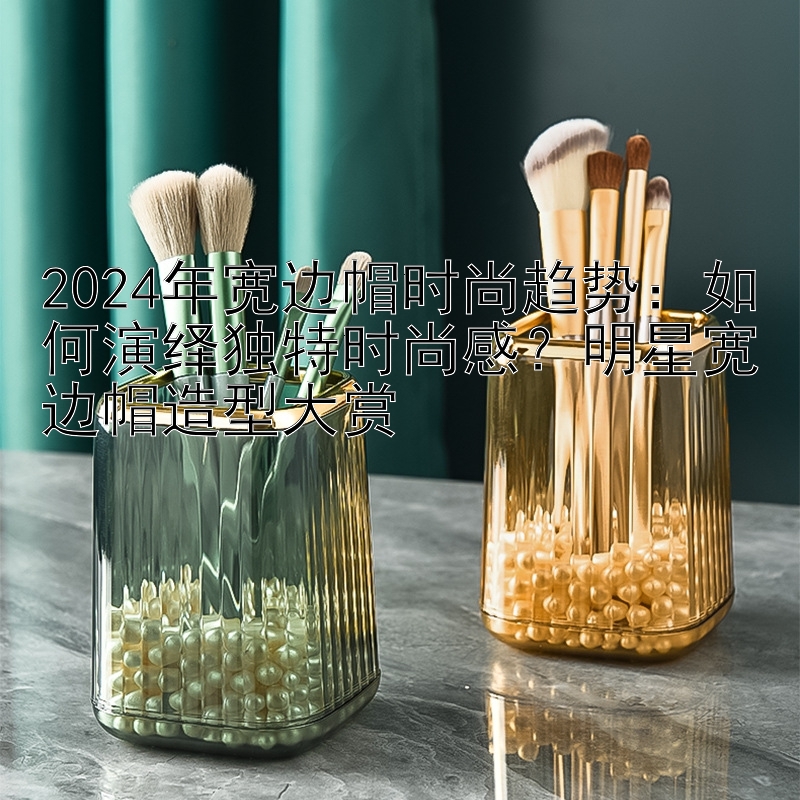在家居设计的世界里,侘寂之美正逐渐成为一种新风尚,它不仅仅是风格的转变,更是一种生活态度的体现。侘寂,源自日本侘寂(Wabi-Sabi)美学,强调 the beauty of imperfection, the profundity of simplicity, and the acceptance of transience. In the context of home design, this translates to a minimalist approach that celebrates the natural, imperfect textures and the authenticity of materials.
要在家居设计中融入侘寂之美,首先需要理解其核心原则。侘寂 is not about mere minimalism; it's a deeper appreciation for the beauty in simplicity, the natural process of aging, and the unique character of each object. In practice, this means choosing natural materials such as unfinished wood, stone, and cotton, which have a tactile quality and an inherent beauty that evolves over time.
色彩在侘寂风格中扮演着关键角色。 Muted, earthy tones like beige, gray, and brown are preferred, as they evoke a sense of calm and connect the indoor space with the natural world outside. These colors allow the textures and imperfections of the materials to take center stage, creating a harmonious and soothing environment.
Furniture selection is another crucial aspect of embracing wabi-sabi in home design. Opt for pieces that are simple in form yet rich in detail. Handcrafted furniture, with its unique marks and variations, is ideal. Each piece tells a story of its creation and embodies the skill and care of the artisan. This personal touch adds a layer of depth and authenticity that mass-produced items cannot match.
Lighting also plays a significant role in enhancing the wabi-sabi aesthetic. Natural light is preferred, as it changes throughout the day, casting different shadows and creating a dynamic atmosphere. When artificial lighting is necessary, choose warm, soft lights that mimic the gentle glow of sunlight. This not only complements the natural materials but also adds to the overall sense of tranquility.
最后,侘寂之美鼓励我们重新思考与物品的关系。 In a world where newness and perfection are often prized, wabi-sabi invites us to see beauty in the worn, the weathered, and the imperfect. It's about creating a space that feels lived-in and loved, where every scratch and dent tells a story of use and time. This approach not only brings a sense of harmony to our homes but also fosters a deeper appreciation for the things we own.
As you embark on your journey to explore the beauty of wabi-sabi in your home, remember that it's not about achieving a particular look but about cultivating a mindset. It's about simplicity, authenticity, and the quiet joy found in the imperfections of life. By embracing these principles, you can create a space that is not only beautiful but also deeply personal and meaningful.



















